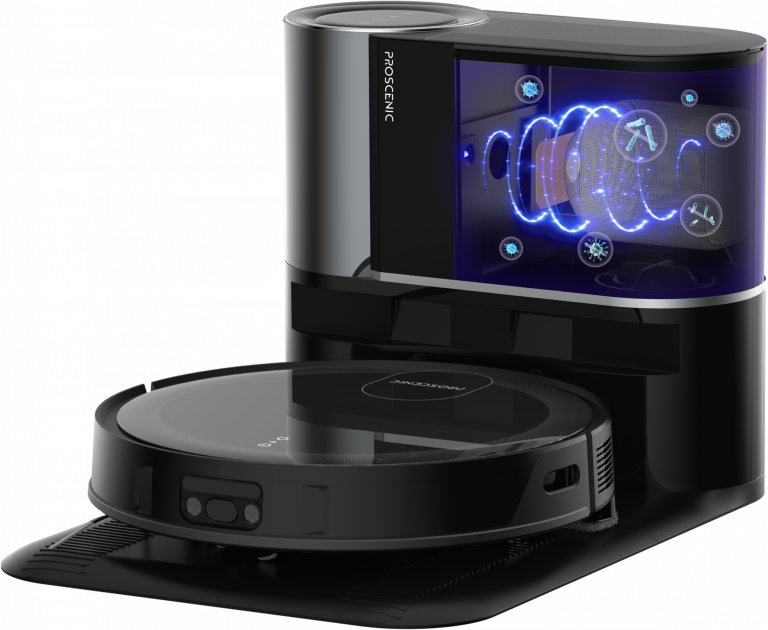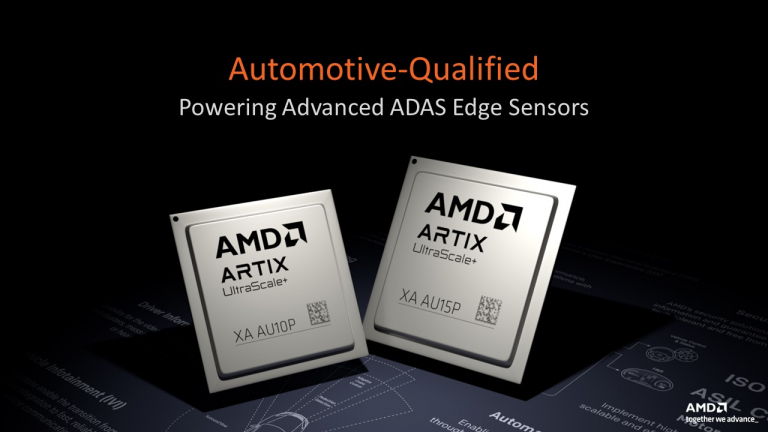Top 5 IoT products in May
Electronic Specifier takes a look at the top five IoT products to have been released in May 2023.
3-in-1 smart robot vacuum cleaner with sonic mopping technology

Smart home appliance manufacturer Proscenic, with a history of making components for Panasonic, Hitachi, Zojirushi, and Philips, announces the availability of its new X1 3-in-1 smart robot vacuum cleaner that can both vacuum and mop floors simultaneously.
Featuring Sonic mop, PathPro Laser-Assisted navigation, and large suction power, the X1 provides an impressive cleaning experience for the modern home.
Awarded the 2023 Red Dot award for high design quality, the X1 is compatible with Amazon Alexa and Google Assistant for voice control and can deep clean floors with its 3000 Pa strong suction and Sonic mopping system in one go. The pressured mopping pad vibrates 3000 times per minute to scrub away stubborn stains effectively and the three water levels allow users to adjust the mop dampness for different cleaning purposes.
Add connectivity to compact IoT devices with flexible and PCB patch antennas

Amphenol introduced flexible and PCB patch antennas into its portfolio of RF solutions.
These antennas can be used inside connected devices and feature either a flexible pad or rigid printed circuit board which can be mounted inside the device. Flexible and PCB patch antennas are commonly terminated to wireless modules featuring the AMC or other industry-standard ultraminiature connectors. These types of internal antennas are often used in wireless applications such as Wi-Fi enabled IoT technology and portable entertainment devices.
Flexible and PCB patch antennas are available in dual-band, multi-band, and wide-band configurations with Wi-Fi 6E supported options with reliable frequency range up to 7.2GHz. These 50ohm antennas have a dipole design which has a relatively low profile and can be mounted in various locations and support standard cellular protocols which makes them well-suited for IoT, Wi-Fi and LTE technology.
BlackBerry QNX releases compute ready operating system

BlackBerry has announced the early access release of QNX Software Development Platform (SDP) 8.0 to enable automakers and IoT systems developers to deliver more powerful products at lower costs, while maintaining the unparalleled safety, security, and reliability standards that QNX technology has long been known for.
Powered by its new next generation QNX operating system (OS), the company’s highest performance, safe and secure embedded OS ever, SDP 8.0 is designed to realise the performance potential of the increasing number of multi-core processors that automakers and IoT systems developers are selecting for their products and is the result of intense R&D work utilising BlackBerry QNX’s leading IP and experience in high performance EDGE computing.
Providing a step-change in performance while maintaining its competitive differentiator as an inherently safe and secure, POSIX compliant, real-time microkernel-based OS, the new architecture has shown an impressive 1-to-1 performance scaling factor as the number of cores increase, unprecedented for a commercial real time operating system. With the next generation QNX OS, customers can now fully realise the performance of next generation processors and reduce their overall costs by maximising utilisation of the available compute resources, a boon for the likes of automakers whose shift towards Software-Defined Vehicles has brought an exponential amount of software-based architecture complexity.
AMD powers next-gen automotive Edge sensors
Edge sensors, such as LiDAR, radar, and 3D surround-view camera systems, are becoming more prevalent in the automotive market, especially with the growing adoption in autonomous driving.
As more sensors are needed for autonomy, there are increasing needs for faster signal processing, reduced device costs, and smaller form factors. Functional safety is also critical for many of these autonomous applications.
To address these market needs, AMD introduced two additions to its AMD Automotive XA Artix UltraScale+ family: the XA AU10P and XA AU15P cost-optimised processors, which are automotive-qualified and optimised for use in advanced driver-assistance systems (ADAS) sensor applications.
ITTIA's modern Edge database supports NXP S32G vehicle network processors

ITTIA, a global provider of secure high-performance edge data management software for embedded systems and Internet of Things (IoT) devices, has announced support for NXP Semiconductors’ S32G vehicle network processors.
The recent evolution of embedded systems and IoT has introduced connected devices that ingest an extraordinarily large amount of data, process it locally, and convert it into useful information. This evolution directly relates to the automotive industry’s Software-Defined Vehicle (SDV) design pattern. ITTIA DB software offers great value for SDVs that use NXP S32G processors.
Applications built for the automotive industry demand robust real-time data processing, data aggregation, and filtering. ITTIA DB is designed for embeddable applications to understand, smooth, and store large volumes of raw data. Device applications embedded with ITTIA DB are able to process massive volumes of unrefined data into valuable information for analysis and storage. ITTIA DB offers self-management and automated administration capabilities with the flexibility to run on both Arm Cortex-M7 and Arm Cortex-A53 processor cores in an S32G-based Electronic Control Unit (ECU).











